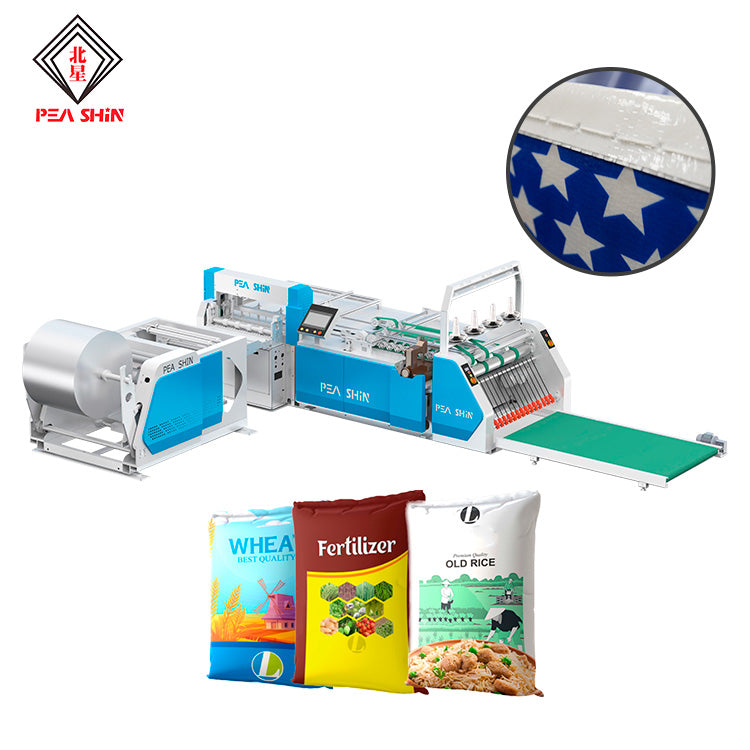
Detailed Analysis of the Automatic Bagging Machine Action Process
Automatic bagging machines are essential in modern production lines, providing efficiency and precision in packaging processes. The bagging process can be broken down into several key steps: suction of the bag, bag feeding, bag transport, bag opening, bag insertion, bag support, bagging, bag clamping, removal, resetting, and sealing. Below is a detailed analysis of each step:
1. Suction of the Bag
The machine controls a solenoid valve to lower the suction bag cylinder. The vacuum pump's solenoid valve is activated to draw a bag from the bag bin. As the cylinder moves upward, a reciprocating jitter action is applied to prevent the bag from sticking.
2. Bag Feeding
The solenoid valve controls the bag-feeding cylinder, which then feeds the bag into position. The bag-feeding paddle assists in the proper placement of the bag.
3. Bag Transport
A motor drives a belt system that rotates rollers, moving the bag from the storage bin to the bag opening station.
4. Bag Opening
The solenoid valve lowers the bag opening cylinder while simultaneously activating the vacuum system to create a vacuum at the bag opening station. This action helps to open the bag’s mouth.
5. Bag Insertion
Controlled by the solenoid valve, a short cylinder retracts to allow the bag holding mechanism to insert into the bag’s mouth.
For those looking to optimize their packaging processes, investing in advanced industrial bagging solutions can significantly enhance efficiency. Automatic bagging machines are designed to handle various types of bags and products, providing flexibility and reducing manual labor.

6. Bag Support
The solenoid valve activates the bag support cylinder, which holds the bag’s mouth in place to ensure stability during the filling process.
7. Bagging
The solenoid valve opens a long cylinder to position the bag at the discharge port, facilitating the filling process.
8. Bag Clamping
Another solenoid valve operation clamps the bag at the discharge port, ensuring it remains securely in place during filling.
9. Removal
The solenoid valve opens the short cylinder, which retracts the bag holding mechanism from the discharge port.
10. Resetting
The long cylinder is retracted via solenoid valve control, and the bag support cylinder is loosened and returned to its original position.
11. Sealing
Once the bag is filled, the solenoid valve closes the discharge port. The sealing cylinder then activates to expel air from the bag and perform heat sealing or date printing. This step also helps reduce dust contamination.
This comprehensive analysis of the automatic bagging machine’s operational steps highlights its crucial role in streamlining the packaging process. For more information on how these machines can enhance your production efficiency, feel free to contact us.



















